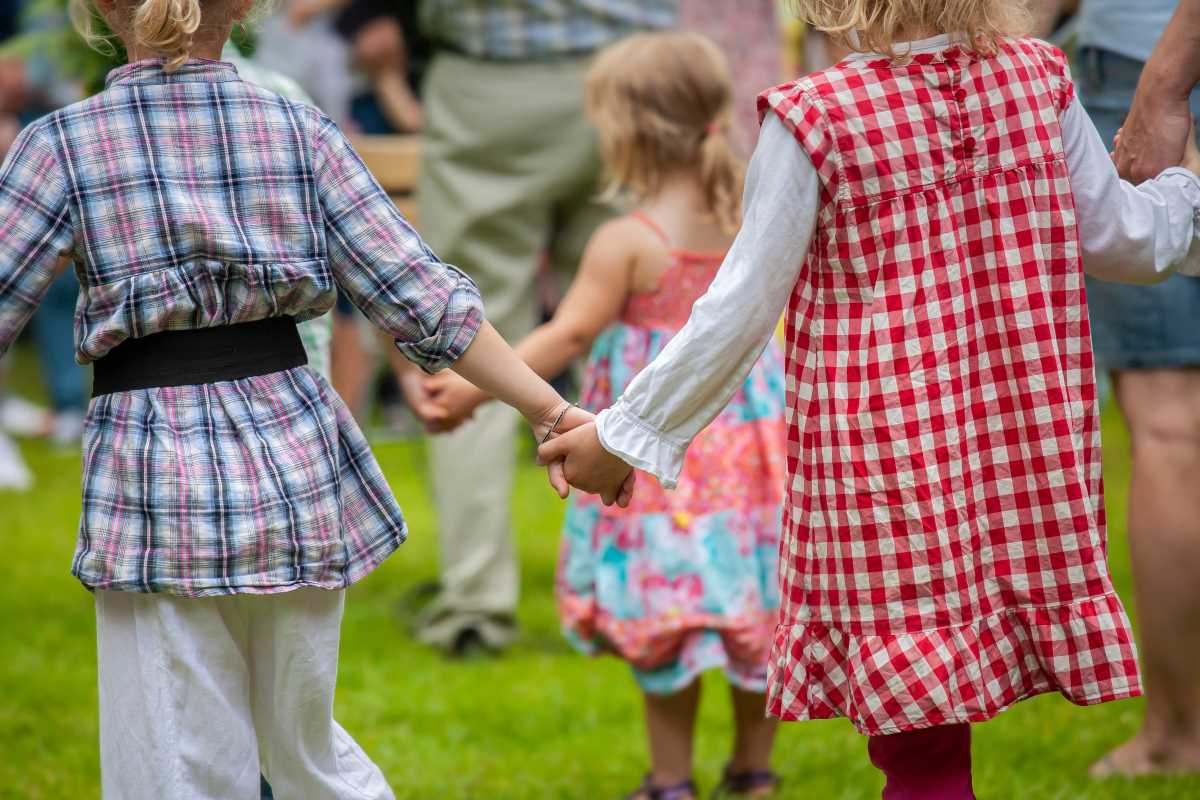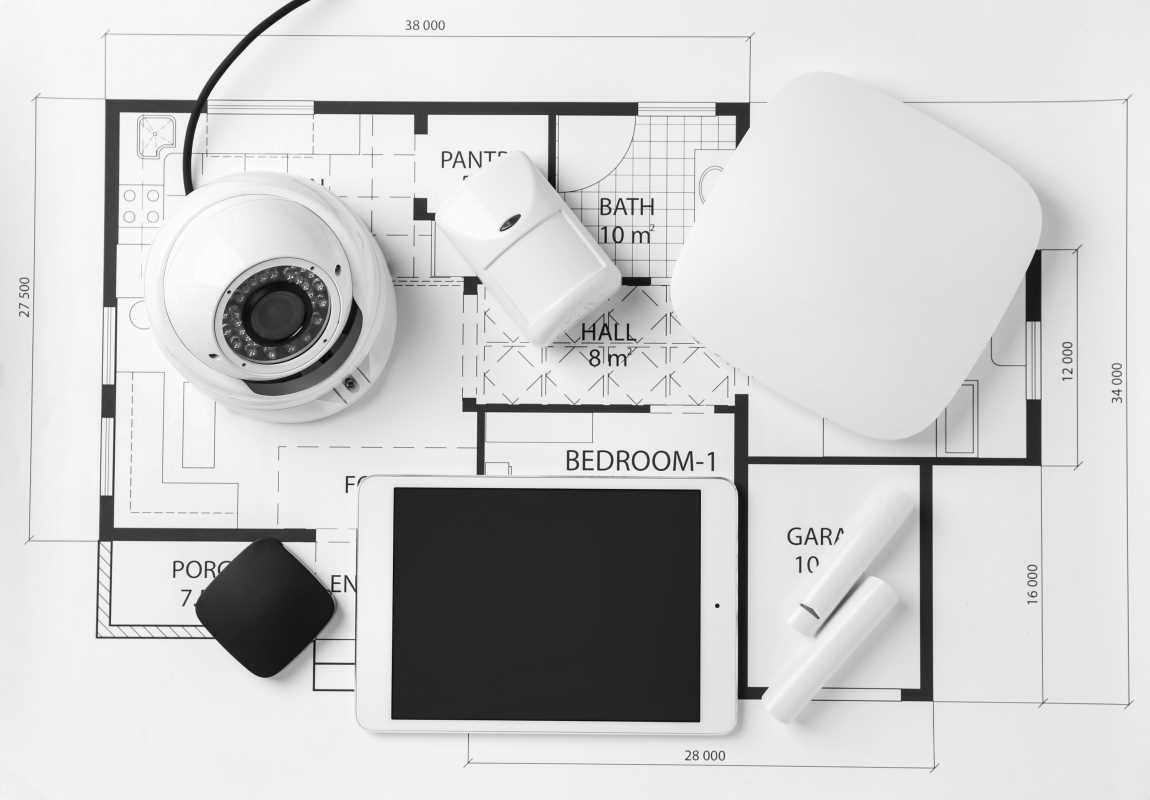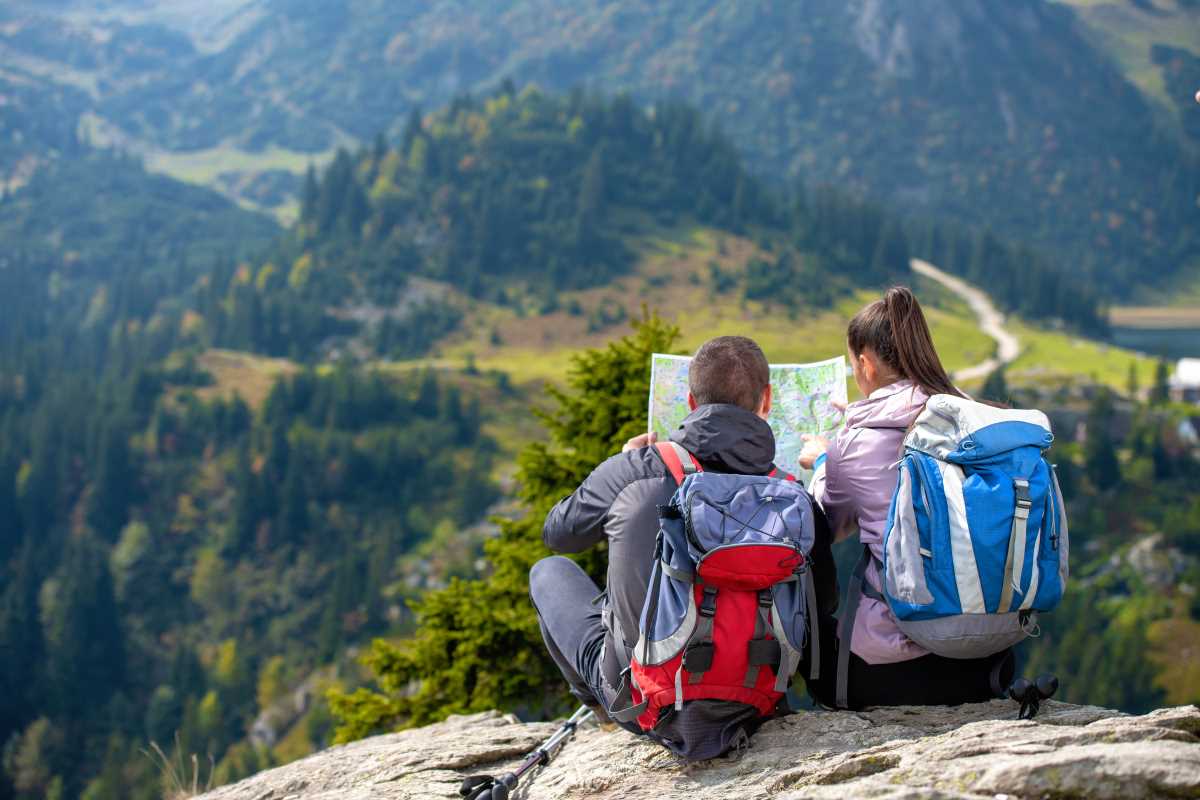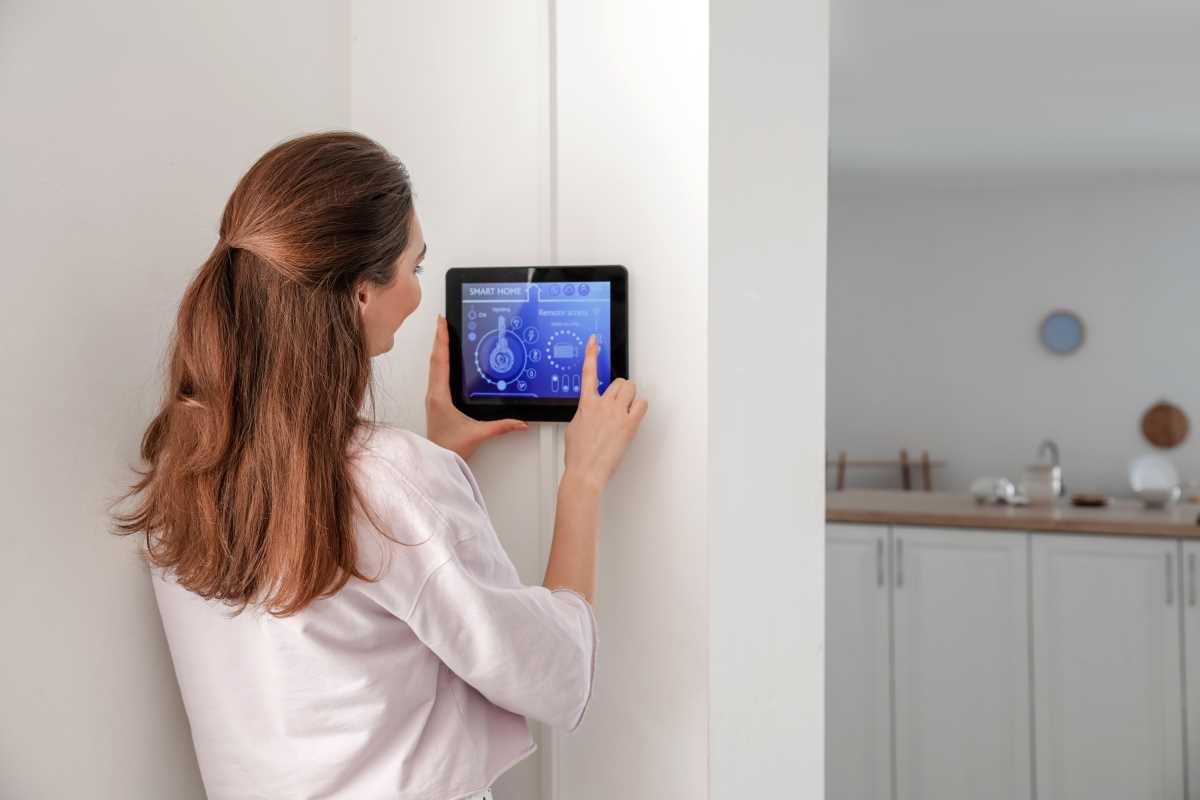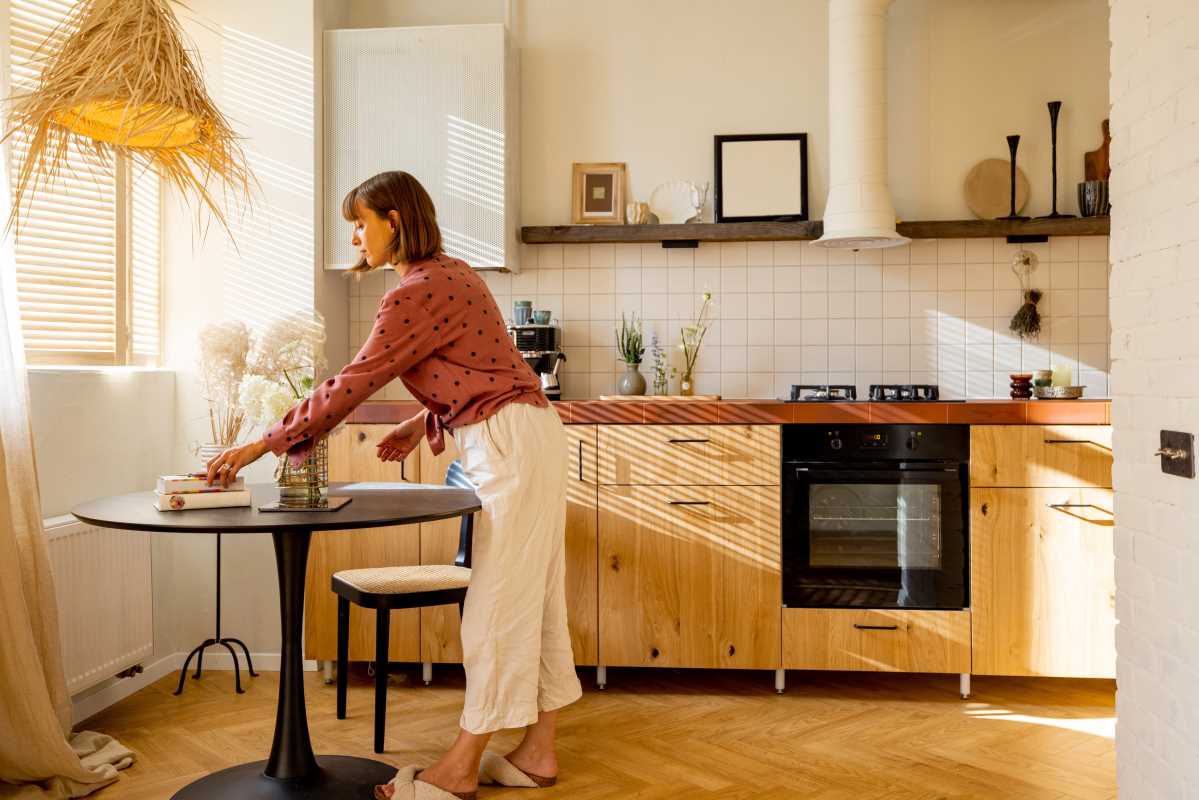Weekends bring opportunities to put devices aside, pick up a paintbrush or shovel, and spend time with those who live nearby. Working together on simple projects can turn ordinary afternoons into memorable experiences that help people get to know each other and start new friendships. As everyone pitches in, conversations flow easily, laughter fills the air, and the sense of accomplishment grows. These shared moments can create lasting connections that remain long after the weekend comes to an end, making the neighborhood feel warmer and more welcoming for everyone involved.
Whether you live in a suburban cul-de-sac or a bustling apartment complex, weekend efforts shape how you interact with each other. Tackling a shared goal makes it easy to break the ice. It turns strangers into a team and gives everyone a sense of pride when they see the finished product.
Why Weekend Projects Matter
- They create natural hangouts where people share ideas and stories.
- Working side by side boosts trust and breaks down social barriers.
- Visible results invite more neighbors to join future activities.
- Projects cater to different skills, so everyone finds a role.
Identifying Community Needs
- Survey the area: Walk around and note spots that could use a bench, mural, or mini-garden.
- Talk to neighbors: Casual chats over the fence reveal ideas people really care about.
- Check online groups: Local forums and social apps highlight concerns and wishes.
- Find an empty wall: A blank canvas becomes a community art piece or message board.
- Look for safety gaps: Better lighting or cleared pathways raise everyone’s comfort level.
Top 5 Weekend Project Ideas
- Community Mural Makeover: Gather neighbors to paint a wall with a theme that reflects local culture. Provide sketches, brushes, and drop cloths. Invite kids to paint small sections—everyone enjoys seeing their own work blended into a big picture.
- Pop-Up Mini Library: Convert an old wooden crate into a street-side book exchange. Treat it with waterproof sealant, add a roof, and fill it with paperbacks. Post a sign inviting book swaps on weekends.
- Pocket Park Refresh: Choose an underused green space. Mow, plant native flowers, and add seating. A few hours of weeding and planting create a tranquil spot for morning coffee runs.
- Community Tool Shed: Assemble a small locker or storage unit stocked with shared tools—rakes, hammers, paint rollers. Label each shelf clearly. Neighbors who need a ladder or wheelbarrow can borrow one instead of buying new.
- Sidewalk Chalk Festival: Organize a family-friendly chalk art day on a long block. Provide safe chalk, stencils, and water. At midday, everyone surveys the temporary gallery and votes on their favorite design.
Planning and Organizing Your Project
- Set a date and time: Weekends work best, but choose a time when most neighbors can drop by.
- Gather materials: Make a list of supplies and ask participants to bring what they can.
- Create a simple schedule: Break tasks into 30- to 45-minute slots to keep energy high.
- Assign roles: Ask some people to lead painting, others to handle cleanup or food.
- Spread the word: Use flyers, group chats, or a chalk drawing to invite everyone.
Measuring Success and Impact
After finishing the project, walk through the area as a group. Notice how people use the space differently—maybe they linger on a new bench or snap photos by the mural. Keep track of how many participants show up and who returns for a second event.
Send a quick survey online or ask for feedback in person. Find out what worked, what felt rocky, and what neighbors want next. When you share the results, you set the stage for more ambitious efforts in the future.
Highlight local stories: Mention Jane, who rallied her book club to stock that mini library, or Raj, who led the chalk festival and brought his three kids along. These personal stories motivate neighbors to pitch in again.
Celebrate the achievements: Post before-and-after photos on social media or pin them to a community board. A few positive messages keep spirits high and turn a single event into a regular tradition.
Select projects that address your area's needs to make a meaningful impact. Start with small efforts, like turning lawns into gardens or walls into murals, and invite friends to join. Your actions can strengthen neighborhood connections and create lasting change.
